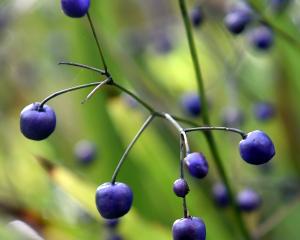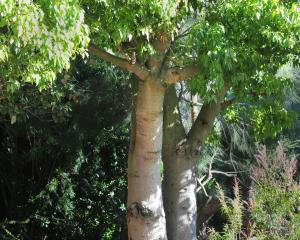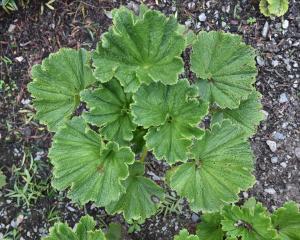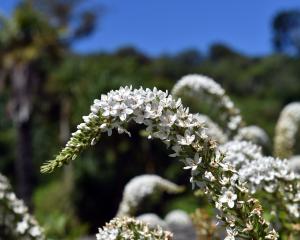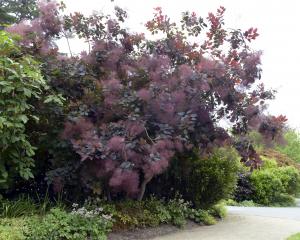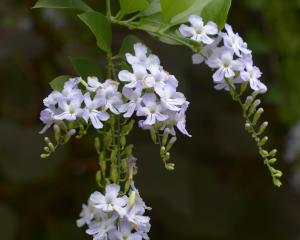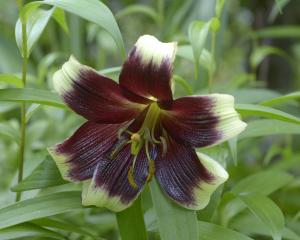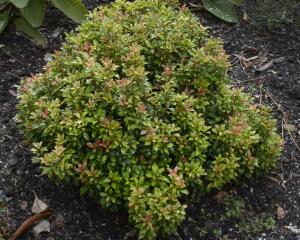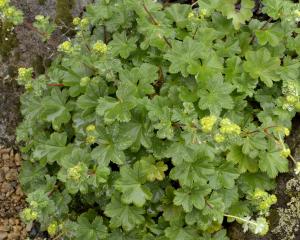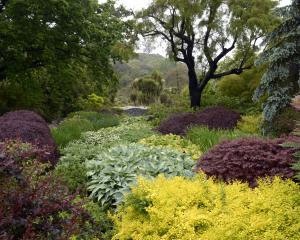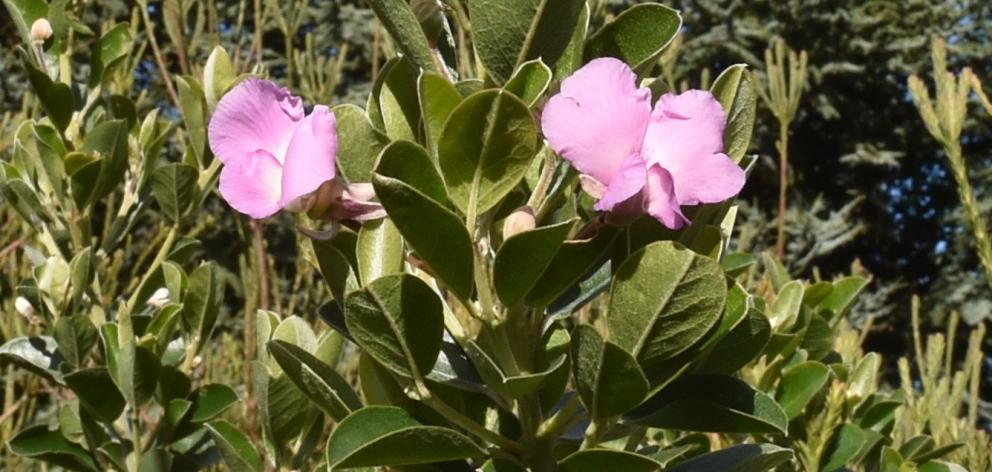
Did you know there is a sweet pea bush?
It’s not actually your conventional sweet pea but no climbing frame is needed.
Podalyria calyptrata comes from South Africa and is known in Afrikaans as waterkeurtjie, or water blossom-pea.
These common names tell us a lot about the plant and the conditions it likes.
It does come from the family Leguminosae; flowers are large mauve-pink or white and pea-like.
Flowers are produced in late winter, ready to open in early spring once the worst of the frosts has passed.
Even though it thrives in moist organic soils, it is surprisingly tolerant of dry and windy locations, forming a large shrub up to 3m tall.
If this is too tall then it responds well to pruning, readily sprouting from the base if pruned hard.
To keep the plant more compact, regular tip-pruning throughout the growing season after flowering helps to promote a bushier plant.
The flowers are the real star of the show, with an amazingly strong fragrant smell that is reported to fill valleys in its natural habitat.
They are also a major food source for bees and other insects.
To see Podalyria calyptrata, head to the fynbos area of the Southern African borders in the upper Dunedin Botanic Garden.
- Dylan Norfield is collection curator of the geographic and arboretum collection at Dunedin Botanic Garden.

